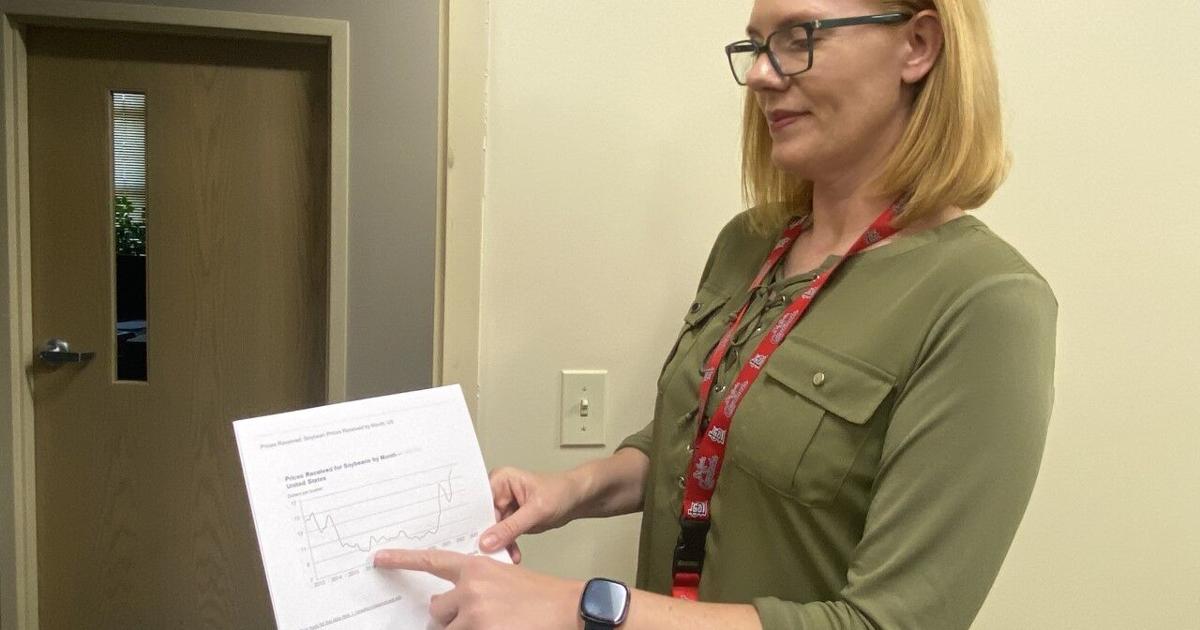[ad_1]
Harmful Algae Bloom Advisory Expanded for Lake Anna to north of Route 208;
In Orange, Louisa and Spotsylvania Counties
Public Advised to Avoid Water Contact with Upper, Middle and Lower sections of Lake Anna above Rt. 208
RICHMOND, Va. – All portions of Pamunkey Branch, North Anna Branch, Lake Anna State Park Beach, as well as the Main Branch of Lake Anna from the “Splits” to the confluence of Pigeon Run above Route 208 in Orange, Louisa and Spotsylvania counties are experiencing a harmful algae bloom (HAB). The public is advised to avoid contact with specific areas of the lake until algae concentrations return to acceptable levels.
Some harmful algae, called cyanobacteria, can cause skin rash and gastrointestinal illnesses, such as upset stomach, nausea, vomiting and diarrhea. The area to avoid can be seen on an interactive Harmful Algal Bloom map. A status report containing the updated advisory areas may be viewed at Lake Anna HAB Status Report 8.8.22.
Samples results from collections on August 2 indicated that at eight locations in the North Anna, Pamunkey Branches, and at Lake Anna State Park, swimming advisories are necessary due to unsafe levels of cyanobacteria, which have the potential to produce toxins. People and pets are advised to avoid swimming, windsurfing and stand-up-paddle-boarding, as well as other activities that pose a risk of ingesting water. Activities such as boating may continue with proper precaution in advisory areas. Follow-up monitoring above Route. 208 on the lake is planned (weather permitting) for the first week of September.
Swimming advisories have been issued for the following areas of the lake:
Pamunkey Branch (contains changes from prior advisory, “Lower” added)
- Upper – From the upper inundated waters of the Pamunkey arm of the lake downstream to the confluence with Terry’s Run
- Middle – From the confluence of Terry’s Run with Pamunkey Creek downstream to Rt. 612 (Stubbs Bridge)
- Terrys Run – from the upper inundated waters of the lake downstream to the confluence with Pamunkey Creek
- NEW – Lower from the Rt 612 (Stubbs Bridge) downstream to near the confluence with North Anna (at the “Splits”), including the Lake Anna State Park Beach”
North Anna Branch (contains changes from prior advisory, “Lower” added)
- Upper – From the upper inundated waters of the North Anna arm of the lake downstream to the Rt. 522 Bridge
- Middle – From the Rt. 522 Bridge downstream to the Lumsden Flats/Rose Valley Cove
- NEW – Lower from the Lumsden Flats/Rose Valley cove downstream to just before the confluence with Pamunkey Branch (at the “Splits”)
Lake Anna (Main Branch)
- NEW – Upper from the confluence with the North Anna Branch & Pamunkey Branch (at the “Splits”) downstream to above the confluence with Pigeon Run (tributary along State Park)
Algae blooms can occur when warm water and nutrients combine to make conditions favorable for algae growth. Most algae species are harmless, however, some species may produce irritating compounds or toxins. Avoid discolored water or scums that are green or bluish-green because they are more likely to contain toxins.
To prevent illness, people should:
- Avoid contact with any area of the lake where water is green or an advisory sign is posted, WHEN IN DOUBT, STAY OUT!
- Not allow children or pets to drink from natural bodies of water.
- Keep children and pets out of the areas experiencing a harmful algae bloom and quickly wash them off with plenty of fresh, clean water after coming into contact with algae scum or bloom water.
- Seek medical/veterinarian care if you or your animals experience symptoms after swimming in or near an algal bloom.
- Properly clean fish by removing skin and discarding all internal organs, and cooking fish to the proper temperature to ensure fish filets are safe to eat.
- Contact the Harmful Algal Bloom Hotline at 1-888-238-6154 if you suspect you experienced health-related effects following exposure to a bloom. Please do not call this number for map or status updates.
- Visit SwimHealthyVA.com to learn more about harmful algae blooms or to report an algae bloom or fish kill.
The Virginia Department of Health (VDH) and the Virginia Harmful Algal Bloom Task Force, which includes the VDH, the Virginia Department of Environmental Quality, and the Old Dominion University Phytoplankton Laboratory, will continue to monitor water quality in the lake. In general, advisories will be lifted following two consecutive test results with acceptable levels for algal cell counts and toxin concentrations. An advisory may be lifted or maintained at the discretion of the health department. For example, after one test an advisory may be lifted if results are within safe levels for swimming if other information indicates exposure or human health risk is low.
For more information visit www.SwimHealthyVA.com.
[ad_2]
Source link

